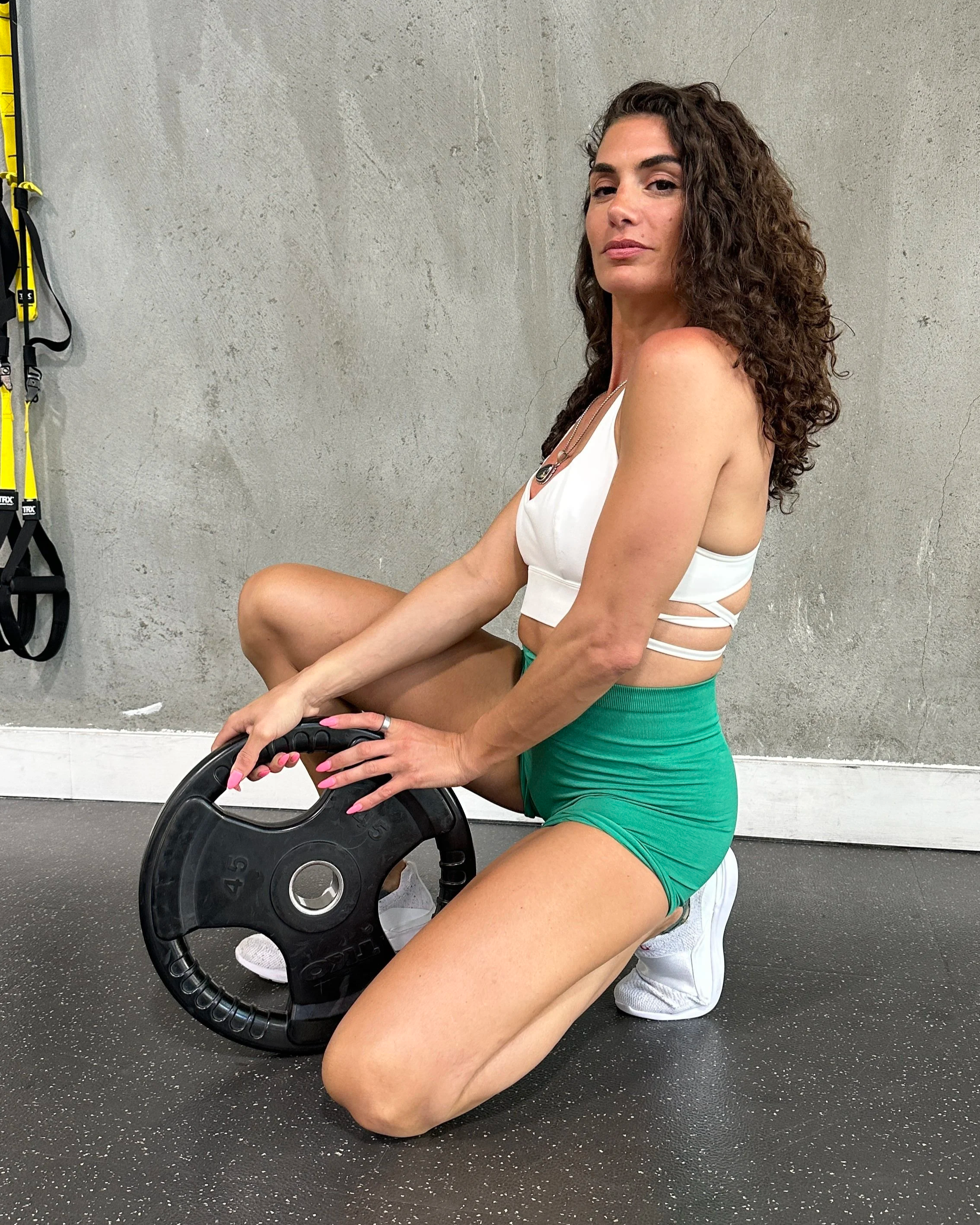Everything You Need to Know About Working Out While Pregnant
Congratulations on your pregnancy! Maintaining an active lifestyle during pregnancy offers numerous benefits for both you and your baby, but it's crucial to do so safely and thoughtfully. This article provides essential information on exercising while pregnant.
Regular physical activity during pregnancy can
Reduce back pain and improve posture: Exercise strengthens back muscles, easing common pregnancy discomfort
Manage weight gain: Controlled exercise can help prevent excessive weight gain, reducing pregnancy-related complications
Boost energy levels: Regular activity can combat fatigue, a common pregnancy symptom
Improve sleep quality: Exercise can improve sleep patterns, crucial for both physical and mental well-being
Reduce stress and anxiety: Physical activity releases endorphins, promoting a sense of well-being and reducing stress
Prepare for labor and delivery: Exercise strengthens muscles involved in labor and delivery, potentially shortening labor and reducing complications
Types of Exercise Suitable During Pregnancy
Many exercises are safe during pregnancy, but it's essential to listen to your body and modify activities as needed. Generally, low-impact exercises are recommended:
Walking: A simple, effective, and readily accessible exercise
Strength Training: Yes, you can still lift weights while pregnant although some things need to be modified like specific core exercise and plyometrics
Swimming: Excellent for supporting your body weight and reducing stress on joints
Prenatal Yoga: Improves flexibility, strength, and mindfulness, preparing the body for childbirth
Prenatal Pilates: Strengthens core muscles, improving stability and posture
Cycling (stationary bike): A good cardiovascular workout, but avoid road cycling due to fall risks
Exercises to Avoid
Contact sports: Risk of injury is too high
High-impact activities: Jumping, running, and other high-impact exercises can put stress on joints and the baby
Activities that involve lying flat on your back after the first trimester: This can restrict blood flow to the baby
Overheating: Avoid exercising in hot and humid conditions
Activities that increase the risk of falling: Avoid activities that might cause falls, such as skiing or horseback riding
Important Considerations
Consult your doctor: Before starting any exercise program during pregnancy, it's essential to consult your doctor or midwife.They can assess your individual health and provide personalized recommendations
Listen to your body: Pay attention to your body's signals. Stop exercising if you experience pain, dizziness, shortness of breath, or vaginal bleeding
Stay hydrated: Drink plenty of water before, during, and after exercise
Wear supportive clothing and shoes: Comfortable clothing and supportive shoes are important for safety and comfort
Warm-up and cool-down: Always start with a warm-up and end with a cool-down to prevent injuries
Avoid exercising to exhaustion:** Moderate intensity is recommended
Monitor your heart rate: Keep your heart rate below 150 beats per minute
Modifications as Pregnancy Progresses
As your pregnancy progresses, you may need to adjust your exercise routine. As your belly grows, your center of gravity changes, and your body's demands increase. This necessitates modifications to maintain safety and comfort. Listen to your body, adjust the intensity and duration of your workouts as needed, and prioritize proper form over intensity.
Postpartum Exercise
After delivery, it's important to gradually resume exercise and wait until you get clearance from your doctor before you begin working out again. Consult your doctor before resuming any strenuous activities. Start with gentle exercises and gradually increase intensity and duration as your body recovers.
Reach out to me! I’m certified and pre and post natal fitness and would love to help you stay at your most optimal health during this special time!
Mindful Mommy
12-Week Personal Pregnancy Fitness Training
Follow Amanda Hart for free fitness tips









































